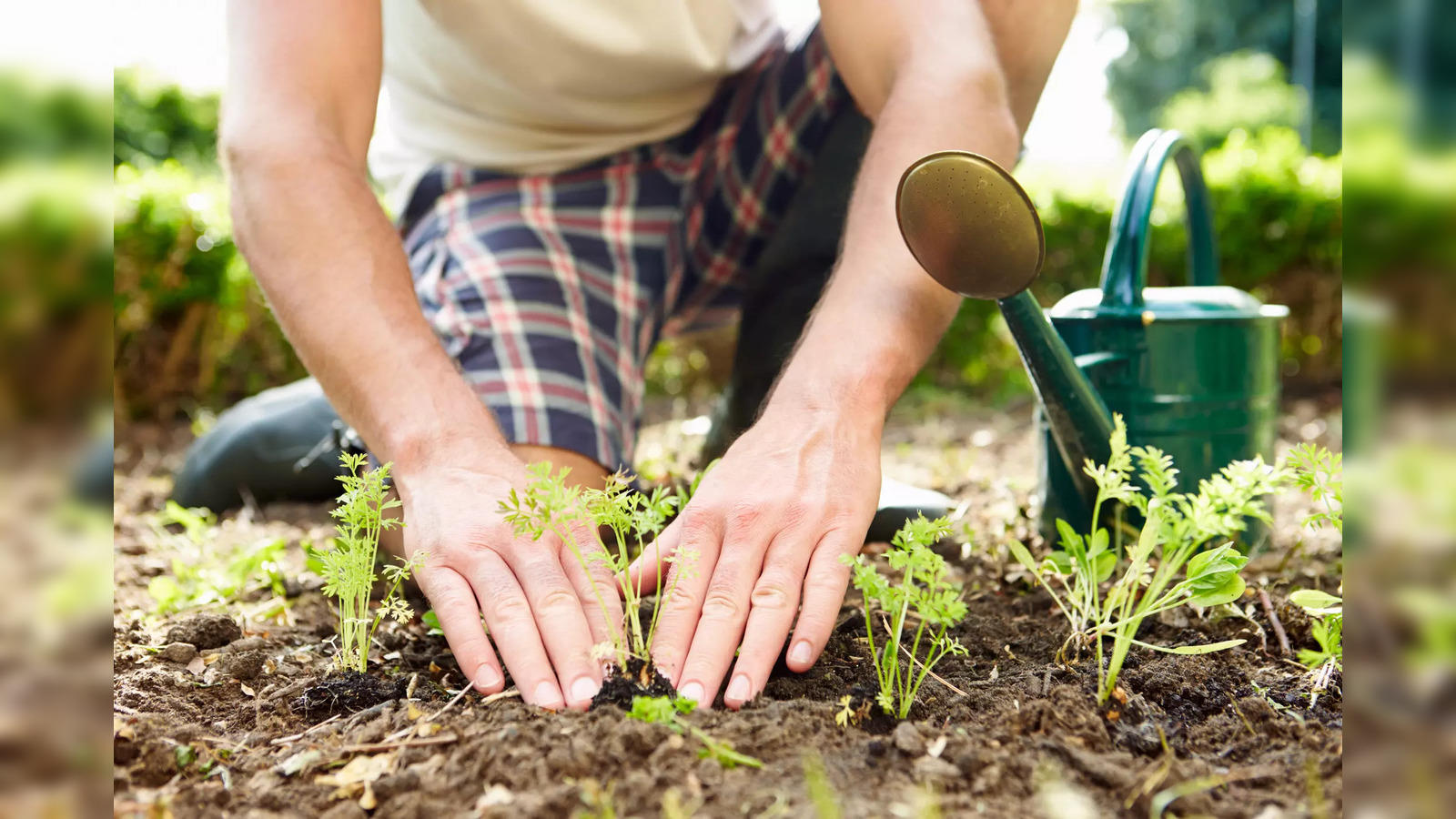Environment-friendly Thumbs Unleashed: Essential Newbie Gardening Techniques for a Flourishing Garden
Wiki Article
From Beginner to Eco-friendly Thumb: A Step-by-Step Trip Through the Art of Horticulture

Recognizing Your Horticulture Area
To begin your horticulture trip, it is vital to understand the one-of-a-kind features and limitations of your horticulture room. Take a minute to observe your environments. Is your space large or small? Is it revealed to complete sunlight or does it obtain partial shade? Exist any type of specific obstacles you may deal with, such as poor dirt quality or minimal water availability? Recognizing these elements will aid you make notified choices regarding the sorts of plants that will prosper in your room.Consider the dimension of your horticulture area. You may need to focus on container horticulture or upright horticulture to maximize your growing location if you have a tiny room. On the other hand, if you have a large area, you have the deluxe of growing a selection of plants and creating different zones within your garden.
Next, review the amount of sunlight your space receives. This will figure out which plants will grow and which ones might battle. You can opt for shade-loving plants like ferns or hostas if your space is shaded. If your space receives full sun, you can expand a vast range of plants, including veggies, flowers, and natural herbs.
Finally, think about any type of restrictions or challenges certain to your area. You may require to change it with garden compost or select plants that are tolerant of less-than-ideal problems if your dirt quality is inadequate. You can choose for drought-tolerant plants or implement water-saving strategies like mulching. if water is scarce.
Picking the Right Plants for Your Yard
Select plants that are appropriate to your yard's one-of-a-kind conditions and your personal choices. When choosing plants for your yard, it is important to think about variables such as sunlight, dirt type, and climate. Some plants like well-drained dirt, while others grow in clay-like or damp dirt.It's additionally worth considering the maintenance degree of the plants you pick. Some plants call for even more treatment and interest, while others are extra low-maintenance.
Preparing the Dirt for Growing
First, assess the problem of your dirt to establish if any kind of improvements or amendments are required. The top quality of your soil is important for the success of your yard. Beginning by inspecting the structure of the dirt. Is it sandy, fertile, or clayey? Sandy dirt drains promptly, while clayey dirt maintains water. Loamy soil is the ideal equilibrium between the two. Next off, check the pH degree of your dirt. A lot of plants prefer a slightly acidic to neutral pH, around 6.0 to 7.0. If your dirt is also acidic or alkaline, you may need to readjust it utilizing soil amendments such as lime or page sulfur. Additionally, you need to consider the vitamins and mineral web content of your soil. If any type of essential nutrients are doing not have, Conduct a soil examination to identify. This will certainly aid you decide which plant foods or organic issue to add. Guarantee that your dirt is well-draining. Badly drained pipes soil can cause waterlogged origins and other plant wellness issues. If essential, improve water drainage by adding organic issue like compost or peat moss. By evaluating and making required changes to your soil, you can develop an ideal setting for your plants to thrive.Nurturing and Maintaining Your Garden
Make sure to sprinkle your plants deeply, allowing the water to permeate the dirt and get to the origins. Normal weeding is likewise essential to maintain your garden cost-free from undesirable plants that compete for nutrients and room. On a regular basis examine your plants for any kind of indicators of invasion or illness and take instant activity to avoid more damage.Troubleshooting Common Gardening Issues
If you see eaten leaves or plants that are shriveling for no evident reason, you might have an insect infestation. If your plants have actually yellow or blemished fallen leaves, they may not be obtaining sufficient nutrients. Remove influenced plants and treat the continuing to be ones with organic fungicides or chemicals.Final Thought
Congratulations! You have effectively completed the trip from beginner to environment-friendly thumb in the art of gardening. By comprehending your horticulture space, selecting the right plants, preparing the dirt, and supporting your garden, you have actually overcome typical horticulture issues like a pro. Now, equipped with understanding and experience, you are prepared to appreciate the beauty and abundance of your growing yard. Maintain the terrific job and remain to grow your eco-friendly thumb!
When choosing plants for your yard, it is crucial to think click site about factors other such as sunshine, soil kind, and climate. Some plants prefer well-drained dirt, while others flourish in clay-like or damp soil (newbie gardening). By recognizing your gardening space, choosing the right plants, preparing the dirt, and nurturing your yard, you have gotten over typical gardening problems like a pro
Report this wiki page